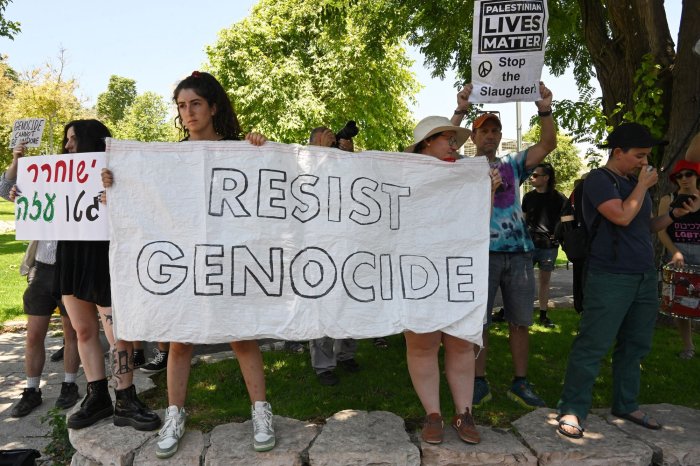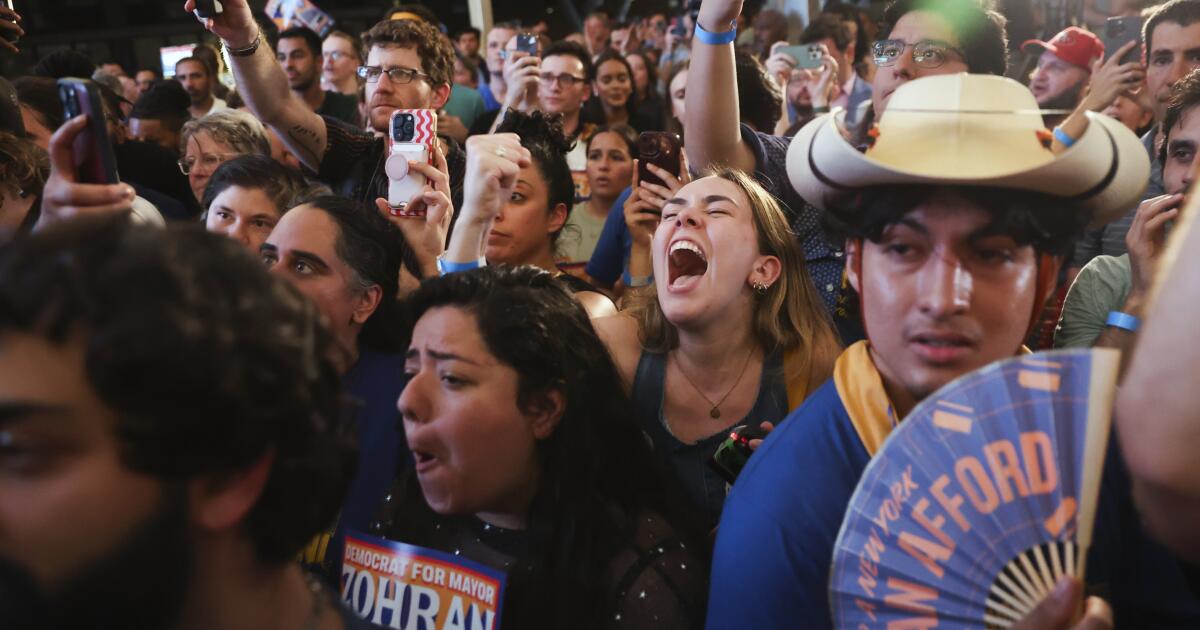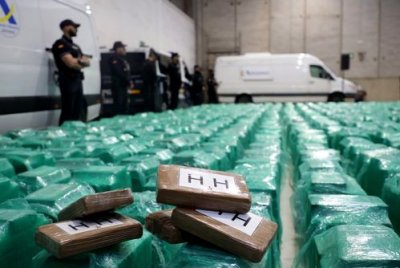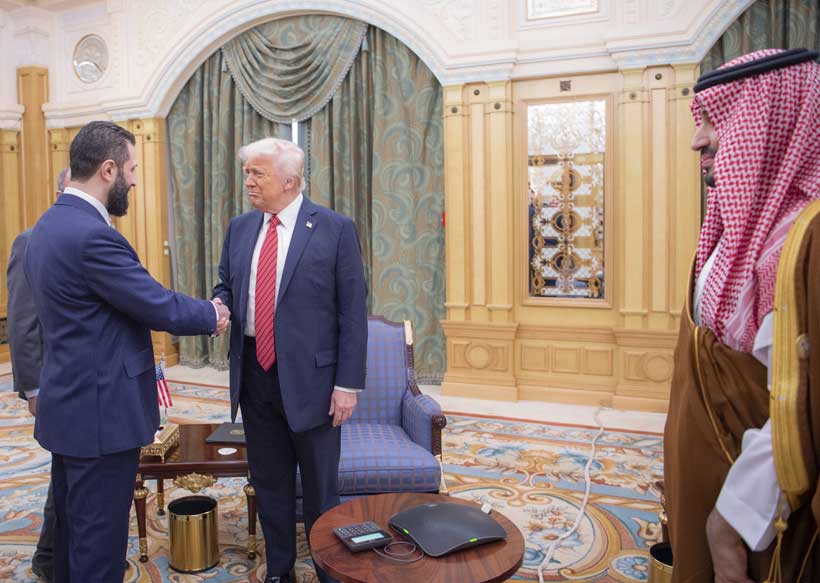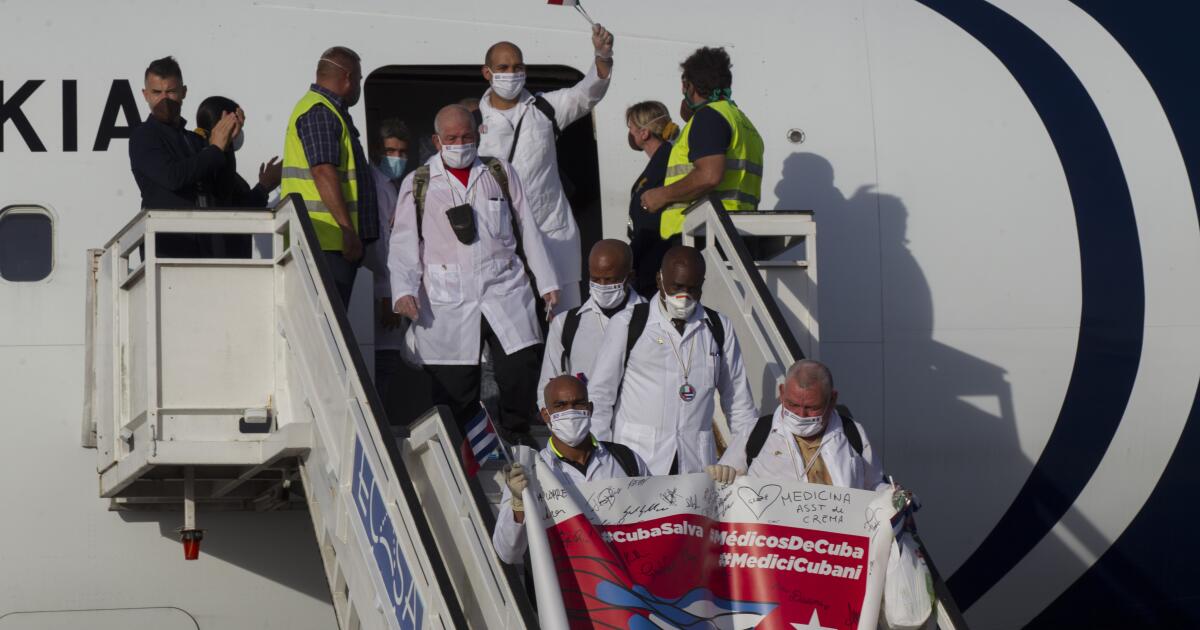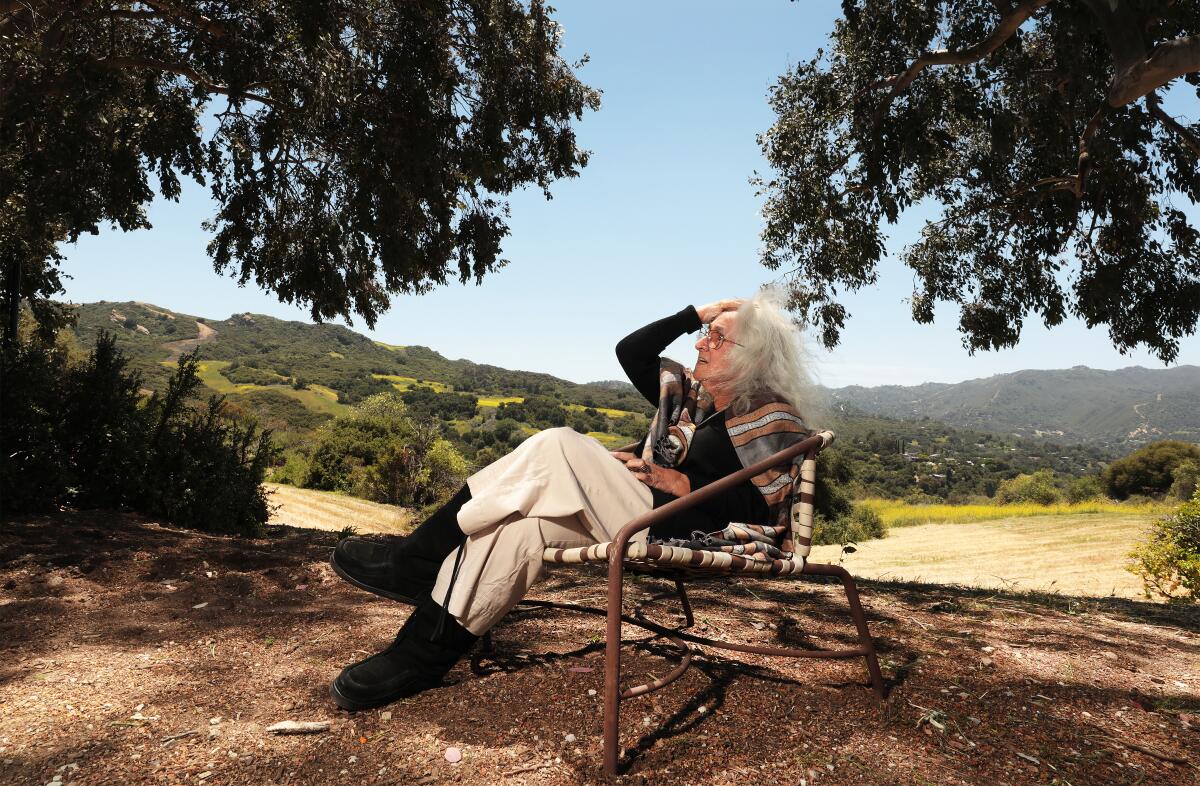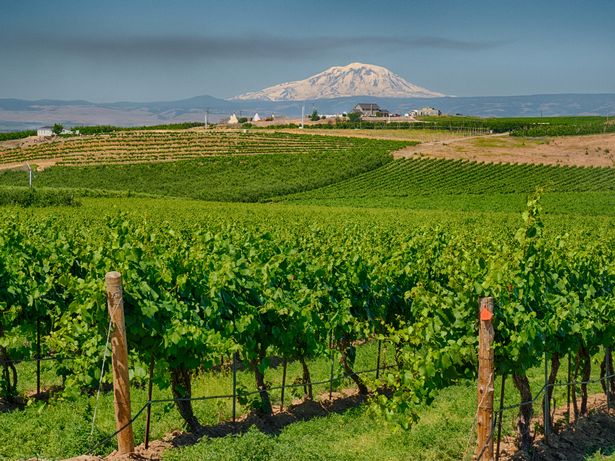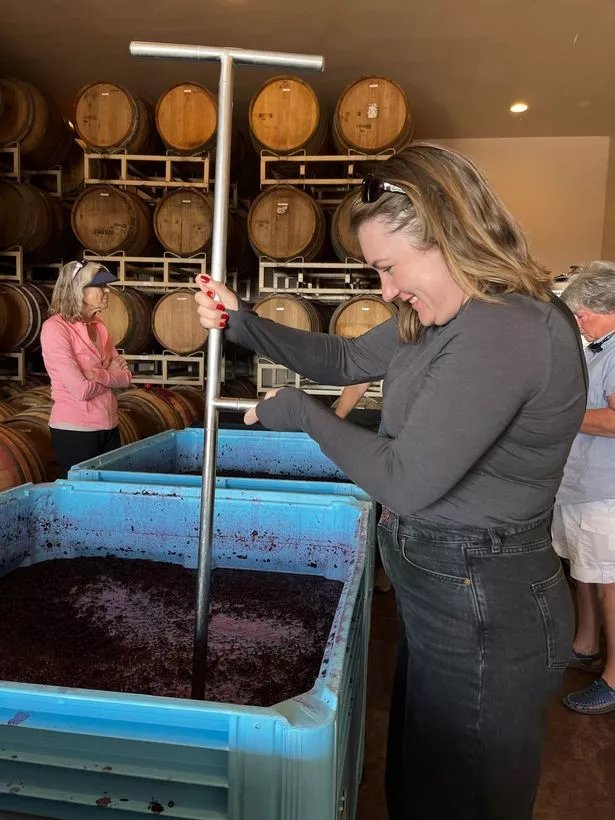When Laura Hill told people she was going on a vineyard tour in Washington State, they were surprised — that’s because Washingtonians are keeping their exquisite wines a secret.
When most people think of a wine road trip in the US, they think of California. So when I told people I was going on a vineyard tour in Washington State, they were surprised, with many telling me they “didn’t know they made wine that far north”.
Neither did I, so I packed waterproofs and jumpers for my flight to Seattle expecting typical Pacific Northwest Coast rainy weather. I was pleasantly surprised a few days later to find myself sitting on a sunny terrace overlooking acres of vineyards, with temperatures in the high 20s in mid-October.
Far from being “too far north”, much of Washington State’s wine country is on a latitude of 46 degrees north – similar to regions including Burgundy and Bordeaux, boasted my tour guide. And with an extra two hours of sunlight per day than California on average, the region has perfect conditions. So why is Washington wine not better known worldwide? The answer is partly because Washingtonians are keeping it to themselves.
“Around 75% of wine made here is consumed within the state itself,” Adam Acampora of Woodinville Wines explained. That and the fact many wineries are small, with most making 5,000 cases per year or less.
So for the time being, it seems the best way to sample the wines of this well-kept secret region is to travel there and take a road trip.
It would be criminal to head to Washington and skip over Seattle so my first stop was the famous Space Needle. The 1961 monument is still the city’s tallest building. On a clear day it’s possible to see the surrounding lakes and mountain ranges from the viewing platform. After a pit stop at the Pike Place Market – renowned for fish being thrown to customers – it was time to hit the road in search of Washington’s wine.
The first “wine town” I visited was Woodinville itself, just half an hour from downtown Seattle. It is far from the vineyards, but it’s home to 130 wineries in four “wine districts” with various tasting rooms, restaurants and bars.
The map of the area reminded me of a theme-park guide with a “Downtown” and a “Hollywood District” to explore.
Before I hit the tasting rooms, a huge roaring fire and a complimentary glass of red wine was awaiting me as I checked into Willows Lodge, a boutique hotel, which leans into the cosy woodland lodge style with reclaimed wood furniture and fireplaces.
Rooms overlook tree-lined grounds giving the illusion of a countryside escape, but just on the other side of the car park were warehouse-like buildings housing wineries.
Inside one of the nondescript industrial buildings was Sparkman Cellars, a family-run winery where I tried a variety of reds in the modern tasting room. I quickly realised red is the tipple of choice here in Washington and most of the tastings included three reds with just one rose, white or sparkling.
My usual wine order is a dry white, so I was apprehensive. But I’m pleased to report there were plenty of “white-wine drinker’s reds” – aka light and fruity wines on offer –alongside the punchy, full-bodied Cabernet Sauvignons the area is best known for. Many of Woodinville’s wineries are within walking distance from each other, so across the road is the oldest winery in Washington, Chateau Ste. Michelle which dates back to 1912. If Woodinville is a wine theme park, this is Cinderella’s Castle with a huge chateau-style building surrounded by gardens.
After a day of tasting the end product, it was time to hit the road (with a designated driver) and head east to the vineyards.
In just a two-hour journey from Seattle, the landscape changed from moody, Twilight-style forests to almost desert-like on the other side of the Cascade mountains. The area had a slight Wild West vibe with fruit stands and quaint clapboard farm shops to stop off at along the route for a true all-American road-trip experience. Despite the Wild West appearances, the vineyards I visited on the first stop, Yakima, were 100% Pacific Northwest in laid-back style. I joined a Harvest tour visiting three – Dineen Vineyards, Two Mountain Winery and VanArnam Vineyards – to see how the wine was made and was soon stomping grapes with my feet and tasting wine straight from the barrel.
“There’s no right or wrong, it’s about people having a good time,” said Branden Seymour, the new owner of VanArmen Vineyards as he clambered to the top of a stack of barrels to allow us to sample last year’s vintage unblended.
A short hike through the scenic Cowiche Canyon freshened me up before a two-hour drive east to Walla Walla, a college town near the Oregon border. The cute Main Street was home to half a dozen wine-tasting rooms, boutique bakeries and upmarket restaurants including the Salted Mill where American classics like mac and cheese and burgers are paired with local wines. I stayed at the historic Marcus Whitman hotel, proclaimed to be ‘‘the grandest hotel for at least 150 miles”. Sticking with the theme park idea, I’ll admit the 1928 13-storey property reminded me slightly of Disney’s Tower of Terror.
But newly-renovated chic interiors put a stop to that. This elegant style continued at the nearby vineyards, which I explored on an e-bike with Kickstand Tours (from £132). I enjoyed the driest white wine of the whole trip in the Ibizan-inspired tasting room at Grosgrain Vineyards, before heading to neighbouring Valdemar Estates. The ultra-modern winery was opened in 2019 by a Spanish family who have had vineyards in Rioja for more than 130 years, giving the region a European stamp of approval. Overall I found this wine tasting road trip more relaxed than any previous tours.
Combining a tipple or two with a city stop and a road trip filled with all-American icons means even people who don’t love wine would have a great time exploring the US’s lesser-known vineyard region.
